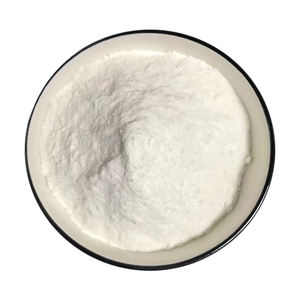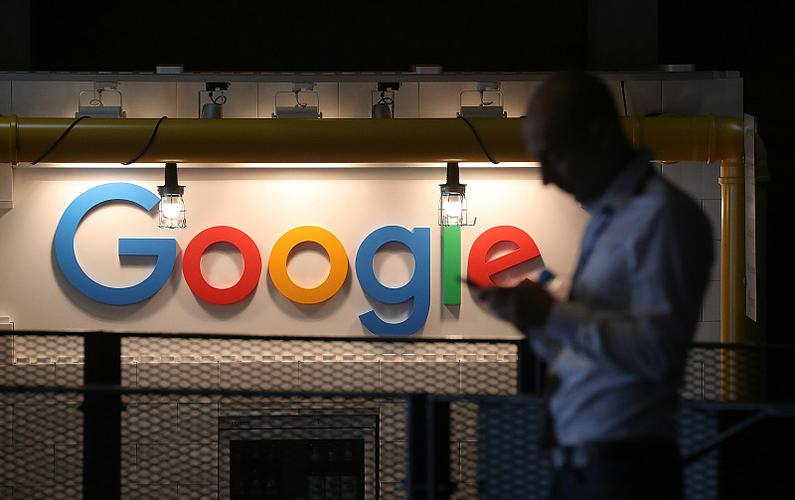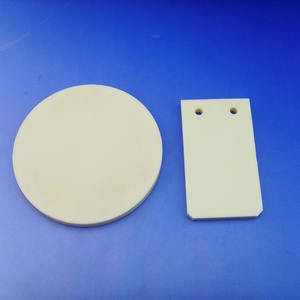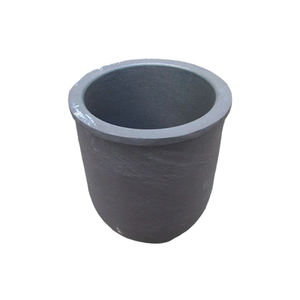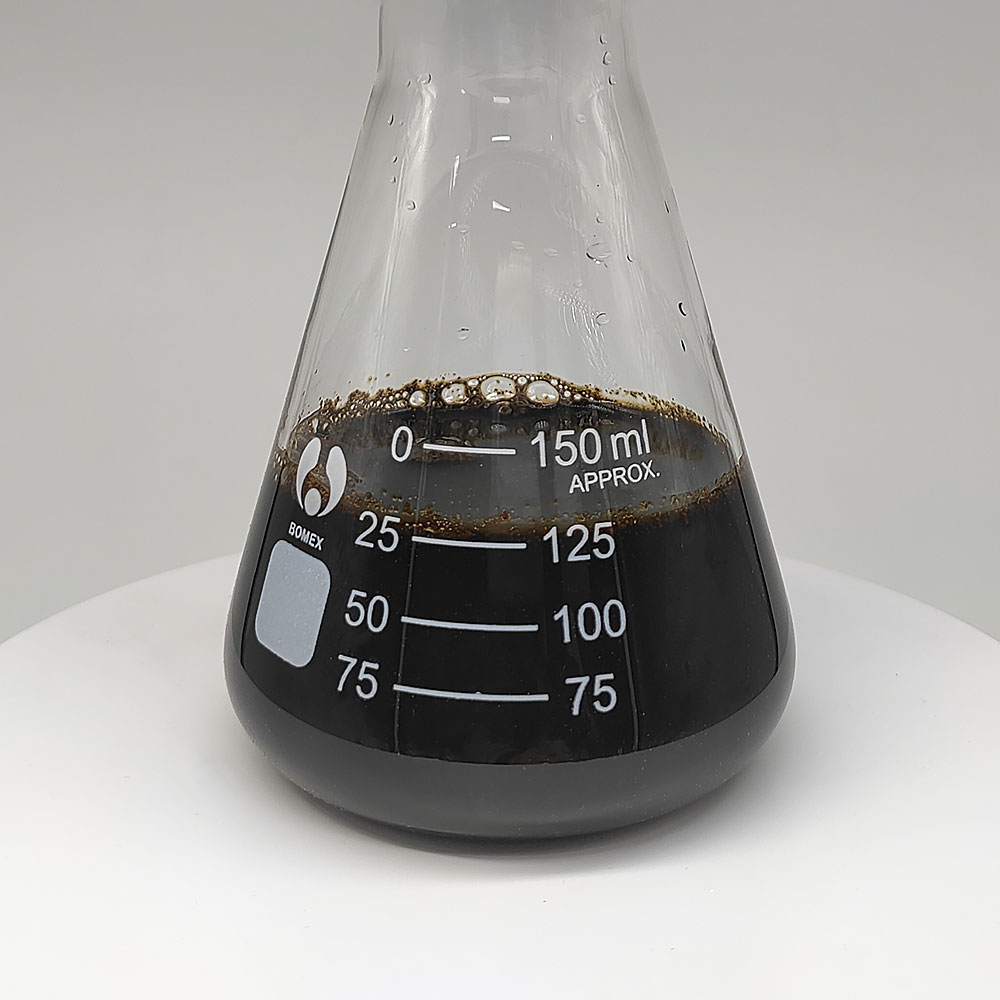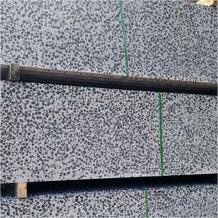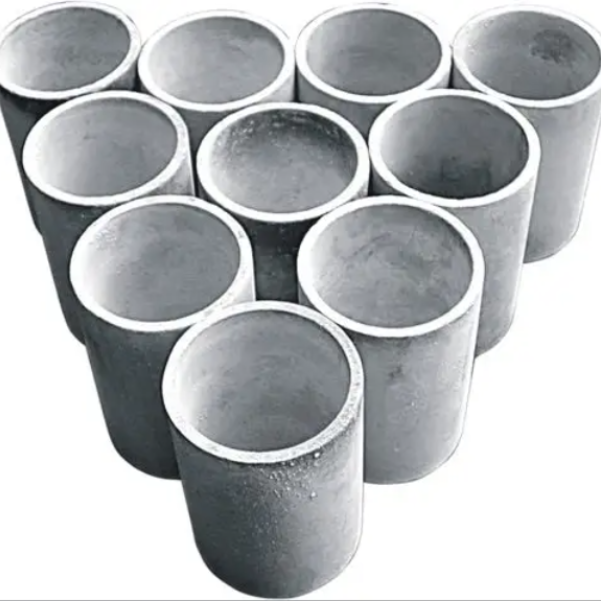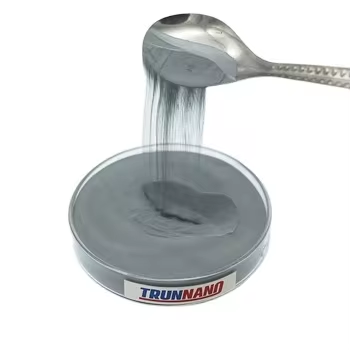1. Fundamental Duties and Category Frameworks
1.1 Meaning and Useful Objectives
(Concrete Admixtures)
Concrete admixtures are chemical or mineral materials included little quantities– generally less than 5% by weight of cement– to customize the fresh and hardened residential properties of concrete for specific design requirements.
They are presented during mixing to enhance workability, control establishing time, boost sturdiness, reduce leaks in the structure, or allow sustainable solutions with reduced clinker content.
Unlike extra cementitious materials (SCMs) such as fly ash or slag, which partially replace concrete and add to toughness advancement, admixtures mostly function as efficiency modifiers rather than architectural binders.
Their accurate dose and compatibility with cement chemistry make them important tools in modern concrete technology, especially in intricate construction jobs involving long-distance transport, high-rise pumping, or severe environmental direct exposure.
The efficiency of an admixture depends on aspects such as cement composition, water-to-cement proportion, temperature level, and mixing procedure, demanding cautious selection and testing prior to area application.
1.2 Broad Categories Based Upon Feature
Admixtures are generally categorized into water reducers, established controllers, air entrainers, specialized ingredients, and crossbreed systems that combine multiple capabilities.
Water-reducing admixtures, including plasticizers and superplasticizers, distribute cement particles with electrostatic or steric repulsion, enhancing fluidness without increasing water web content.
Set-modifying admixtures consist of accelerators, which reduce establishing time for cold-weather concreting, and retarders, which delay hydration to avoid cool joints in huge puts.
Air-entraining representatives present microscopic air bubbles (10– 1000 µm) that boost freeze-thaw resistance by providing pressure alleviation throughout water development.
Specialty admixtures encompass a wide range, including corrosion preventions, contraction reducers, pumping help, waterproofing representatives, and viscosity modifiers for self-consolidating concrete (SCC).
Much more lately, multi-functional admixtures have actually emerged, such as shrinkage-compensating systems that incorporate extensive representatives with water reduction, or internal treating representatives that launch water in time to alleviate autogenous shrinking.
2. Chemical Mechanisms and Product Interactions
2.1 Water-Reducing and Dispersing Professionals
One of the most commonly made use of chemical admixtures are high-range water reducers (HRWRs), typically referred to as superplasticizers, which belong to families such as sulfonated naphthalene formaldehyde (SNF), melamine formaldehyde (SMF), and polycarboxylate ethers (PCEs).
PCEs, one of the most innovative class, function through steric hindrance: their comb-like polymer chains adsorb onto cement bits, developing a physical barrier that stops flocculation and maintains diffusion.
( Concrete Admixtures)
This allows for considerable water decrease (as much as 40%) while keeping high slump, allowing the manufacturing of high-strength concrete (HSC) and ultra-high-performance concrete (UHPC) with compressive staminas surpassing 150 MPa.
Plasticizers like SNF and SMF operate generally through electrostatic repulsion by boosting the negative zeta potential of cement particles, though they are less reliable at low water-cement ratios and much more conscious dosage limitations.
Compatibility between superplasticizers and concrete is vital; variations in sulfate web content, alkali levels, or C FOUR A (tricalcium aluminate) can lead to rapid slump loss or overdosing effects.
2.2 Hydration Control and Dimensional Stability
Increasing admixtures, such as calcium chloride (though restricted because of corrosion threats), triethanolamine (TEA), or soluble silicates, advertise early hydration by increasing ion dissolution prices or forming nucleation websites for calcium silicate hydrate (C-S-H) gel.
They are vital in cold climates where reduced temperatures decrease setup and boost formwork removal time.
Retarders, including hydroxycarboxylic acids (e.g., citric acid, gluconate), sugars, and phosphonates, feature by chelating calcium ions or creating protective movies on cement grains, postponing the start of tensing.
This extensive workability home window is important for mass concrete positionings, such as dams or structures, where heat buildup and thermal splitting should be taken care of.
Shrinkage-reducing admixtures (SRAs) are surfactants that lower the surface stress of pore water, reducing capillary tensions during drying out and lessening crack development.
Expansive admixtures, often based upon calcium sulfoaluminate (CSA) or magnesium oxide (MgO), generate controlled expansion throughout curing to balance out drying shrinkage, typically made use of in post-tensioned pieces and jointless floors.
3. Toughness Improvement and Environmental Adaptation
3.1 Protection Versus Ecological Destruction
Concrete exposed to extreme settings advantages dramatically from specialty admixtures created to stand up to chemical strike, chloride ingress, and reinforcement rust.
Corrosion-inhibiting admixtures include nitrites, amines, and organic esters that create easy layers on steel rebars or counteract aggressive ions.
Movement inhibitors, such as vapor-phase inhibitors, diffuse through the pore framework to secure embedded steel also in carbonated or chloride-contaminated zones.
Waterproofing and hydrophobic admixtures, including silanes, siloxanes, and stearates, decrease water absorption by changing pore surface area energy, boosting resistance to freeze-thaw cycles and sulfate attack.
Viscosity-modifying admixtures (VMAs) enhance cohesion in undersea concrete or lean blends, avoiding partition and washout throughout placement.
Pumping aids, usually polysaccharide-based, minimize friction and boost flow in long shipment lines, lowering energy intake and endure equipment.
3.2 Internal Healing and Long-Term Performance
In high-performance and low-permeability concretes, autogenous shrinkage ends up being a major problem as a result of self-desiccation as hydration profits without exterior water system.
Interior curing admixtures address this by integrating light-weight aggregates (e.g., increased clay or shale), superabsorbent polymers (SAPs), or pre-wetted porous service providers that launch water gradually into the matrix.
This continual moisture availability promotes complete hydration, minimizes microcracking, and improves long-lasting toughness and resilience.
Such systems are particularly reliable in bridge decks, tunnel cellular linings, and nuclear containment structures where life span exceeds 100 years.
Furthermore, crystalline waterproofing admixtures react with water and unhydrated cement to form insoluble crystals that obstruct capillary pores, using irreversible self-sealing capability also after breaking.
4. Sustainability and Next-Generation Innovations
4.1 Making It Possible For Low-Carbon Concrete Technologies
Admixtures play a crucial role in minimizing the ecological impact of concrete by allowing greater replacement of Portland cement with SCMs like fly ash, slag, and calcined clay.
Water reducers allow for lower water-cement ratios despite having slower-reacting SCMs, ensuring sufficient stamina development and resilience.
Establish modulators make up for postponed setting times related to high-volume SCMs, making them practical in fast-track building and construction.
Carbon-capture admixtures are arising, which assist in the direct incorporation of carbon monoxide two right into the concrete matrix throughout blending, converting it into stable carbonate minerals that improve early stamina.
These technologies not just decrease embodied carbon however also improve efficiency, straightening economic and ecological objectives.
4.2 Smart and Adaptive Admixture Solutions
Future developments include stimuli-responsive admixtures that release their energetic components in feedback to pH adjustments, wetness levels, or mechanical damages.
Self-healing concrete includes microcapsules or bacteria-laden admixtures that activate upon split development, precipitating calcite to secure fissures autonomously.
Nanomodified admixtures, such as nano-silica or nano-clay dispersions, improve nucleation thickness and refine pore structure at the nanoscale, dramatically enhancing stamina and impermeability.
Digital admixture application systems using real-time rheometers and AI formulas enhance mix performance on-site, lessening waste and irregularity.
As facilities demands grow for resilience, longevity, and sustainability, concrete admixtures will certainly continue to be at the center of material technology, transforming a centuries-old composite right into a wise, adaptive, and ecologically responsible building tool.
5. Supplier
Cabr-Concrete is a supplier of Concrete Admixture under TRUNNANO, with over 12 years of experience in nano-building energy conservation and nanotechnology development. It accepts payment via Credit Card, T/T, West Union and Paypal. TRUNNANO will ship the goods to customers overseas through FedEx, DHL, by air, or by sea. If you are looking for high quality Concrete Admixture, please feel free to contact us and send an inquiry.
Tags: concrete additives, concrete admixture, Lightweight Concrete Admixtures
All articles and pictures are from the Internet. If there are any copyright issues, please contact us in time to delete.
Inquiry us
